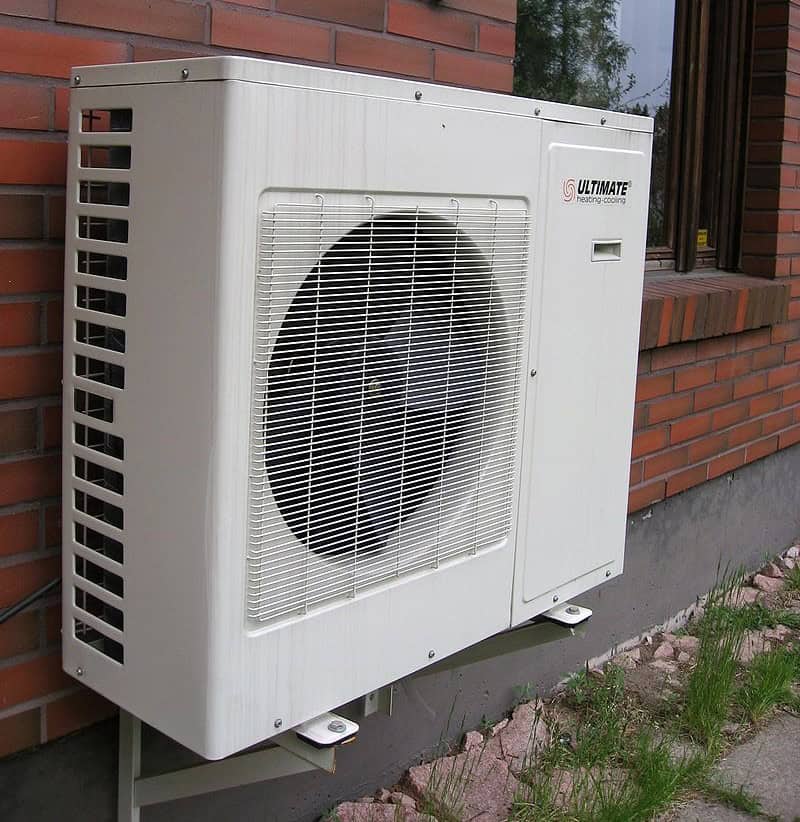
Heating more buildings with electric heat pumps can provide a larger market for renewable energy.
Yet while adopting heat pumps, in a practice known as building electrification, “gets a lot of attention” in the utility industry, “little information is available about what grid planners should do about it today,” said Sean Morash, author of a report from the Energy Systems Integration Group (ESIG) titled “Grid Planning for Building Electrification.”
Several technologies can aid the transition, including building insulation and weatherization, cold climate heat pumps, thermal energy storage systems, and higher-voltage distribution grids. The report also discusses grid planning needs.
The technology solutions deserve attention because buildings in the U.S. primarily use fossil fuels for space heating and, the report says, building energy consumption is “expected” to shift from fossil fuels to electricity over the next few decades, including in the Southeast and Northwest, where heating with electricity is already common.
As buildings electrify, areas that now have peak demand for electricity in the summer may evolve to have peak demand in the winter.
Increased peak demands on grid infrastructure may be seen “especially at the distribution level” said Debra Lew, ESIG’s executive director. Yet improving building energy efficiency through insulation and weatherization “may help mitigate and even reverse increases in peak demand, highlighting the need to take a holistic view.”
The report cites a study showing that about 40% of the peak winter load “was eliminated” when modeling the impact of energy efficiency and building enclosure upgrades on whole-home electrification scenarios in Pierre, South Dakota, a location selected due to its extreme cold winter temperatures.
A prolonged cold snap “presents challenges” when most buildings are heated with heat pumps, especially if the heat pumps rely heavily on supplemental resistive heating, the report says. The adoption of cold climate heat pumps, which work with greater efficiency at temperatures below freezing, along with building energy efficiency, can help mitigate the cold-temperature risk.
The U.S. Department of Energy is managing a residential cold climate heat pump technology challenge, in which eight manufacturing partners have passed the laboratory testing stage. DOE is now working with nearly 30 state, utility, and other partners to encourage adoption of cold climate heat pumps.
Battery storage is “arguably” less important than energy efficiency because energy efficiency “has no duration limitations,” the report says. Programs supporting equitable access to energy efficiency upgrades “are a powerful tool,” and utilities should consider efficiency incentives and target them “toward the most impactful upgrades.”
The National Renewable Energy Laboratory found in a 2021 study that reducing average building energy usage by about 60% would be key to achieving the least-cost 100% renewable grid with building electrification.
Thermal energy storage systems in buildings, which may use hot water or heated metal or bricks, could help avoid triggering supplemental resistive heating, and could charge based on signals from grid operators “days or weeks in advance of an expected weather event.”
To prepare for building electrification, distribution utilities “may consider larger equipment sizing and increasing system voltages,” the report says, “rather than building more infrastructure with low power transfer capabilities, particularly in areas where land acquisition for a new substation is challenging.”
Noting that a shift up in voltage class, “from 4 kV to 12 kV, for example,” is an expensive investment, the report says that “leading utilities have staged this investment and architectural shift by upgrading equipment as it is due for replacement, or by serving all new construction with the upgraded voltage class. A similar strategy has been used for most pieces of grid equipment, including service transformers.”
For grid planners, the report identifies four priority areas to improve distribution system planning: improve forecasting, holistically modernize planning approaches, avoid the largest impacts by managing demand, and be proactive with grid upgrades.
ESIG’s Grid Planning for Building Electrification Task Force developed the report over the past year.





























